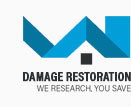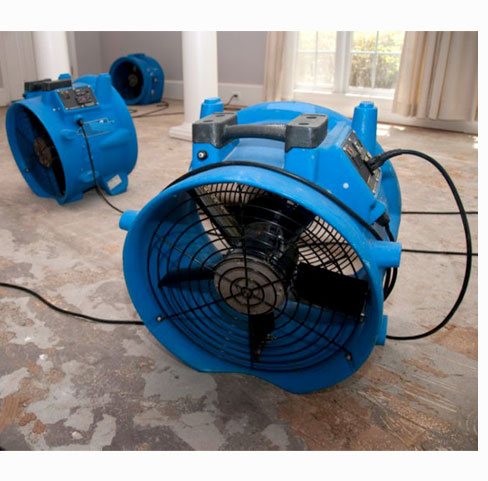 |
 |
 |
 |
|
|
 |
 |
 |
 |
 |
 |
 |
 |
 |
 |
 |
 |
 |
|
When disaster strikes and your sanctuary is compromised by water, fire, mold, or storm, our unparalleled expertise in fire damage cleanup stands as your beacon of hope; we don't just restore properties, we revive the heart of your home, turning chaos into calm with meticulous precision and unwavering commitment, ensuring every charred remnant is expertly handled and every smoky shadow is cleared to perfection-because at the end of the day, it's not just about repair, it's about restoring your peace of mind and reclaiming your life's comfort.
https://www.servicemasterrestore.com/servicemaster-restoration-services-sacramento/residential/fire-and-smoke-damage/soot-smoke-and-odor-removal/
We bring expertise in fire damage cleanup and smoke restoration to the forefront, ensuring your home returns to its pre-fire condition! https://www.myalldry.com/sacramento-california/restoration-cleanup/fire-damage-restoration/
Our certified technicians will be at your Sacramento property promptly to assess the situation and develop a customized restoration plan. Our Fire Damage ... https://www.servpro.com/locations/ca/servpro-of-south-central-sacramento/services/fire-damage
For fire damage cleanup and fire damage repair in Sacramento, call SERVPRO 24/7 for smoke damage and fire damage restoration services.
|
